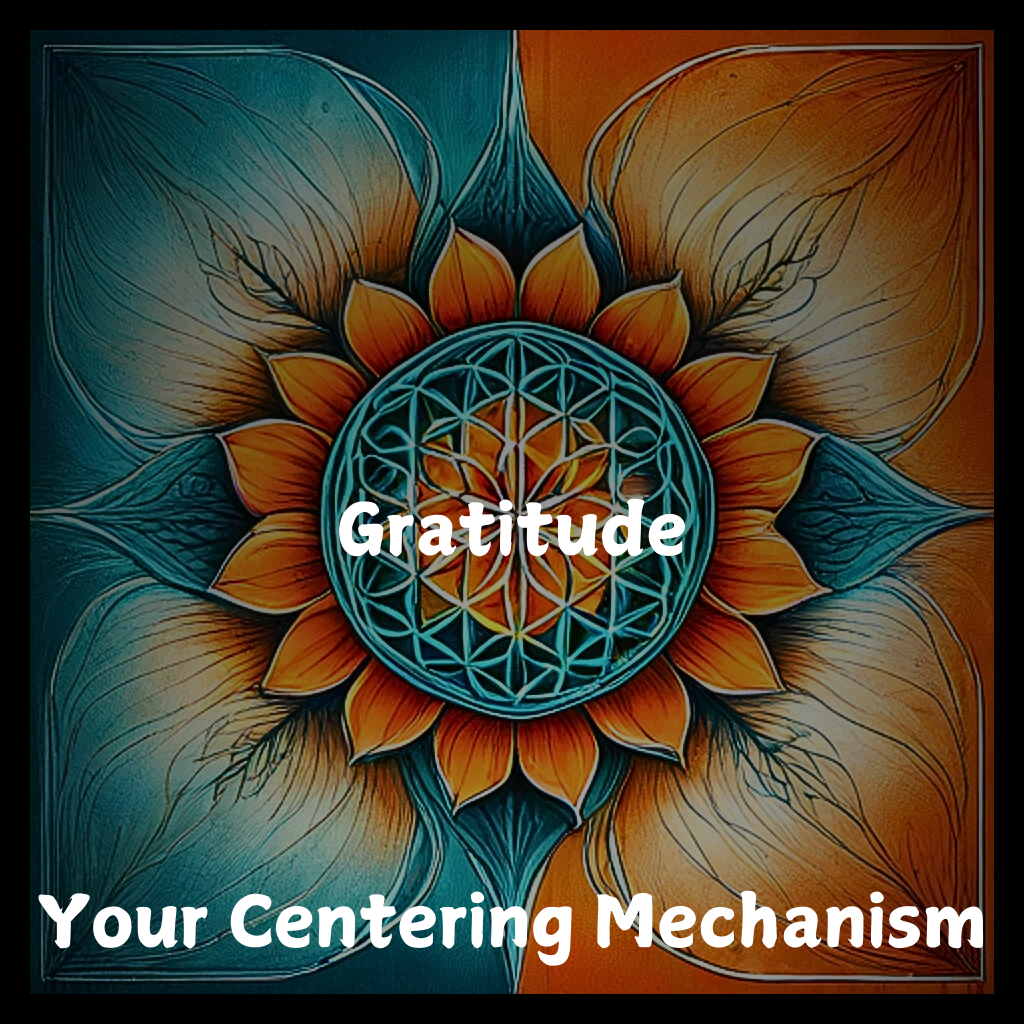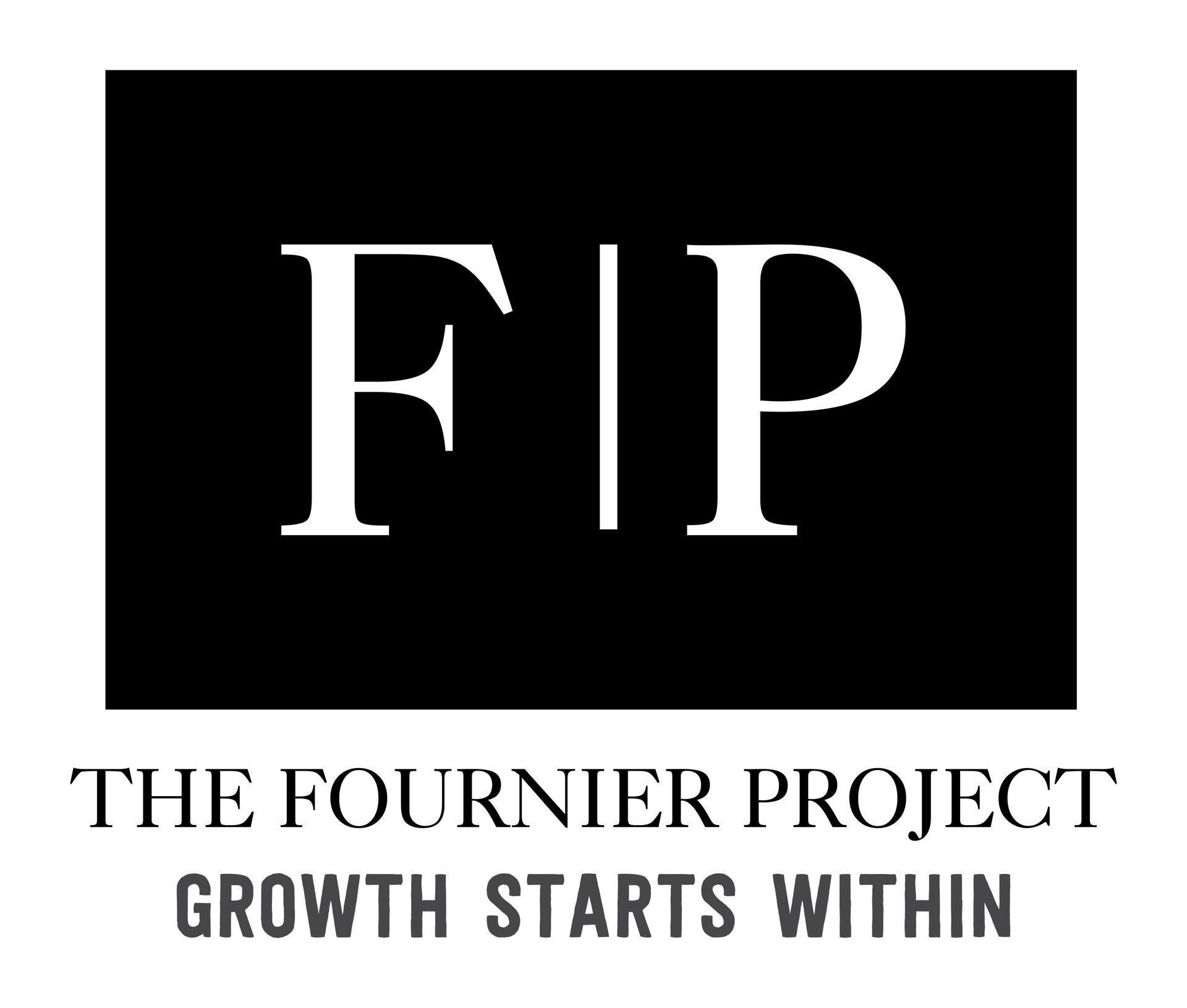Mindfulness Through Breathwork
Control Your Breath, Control Your Inner Self, Gain Mindfulness for Everyday Life
I've experimented with various forms of meditation and breathing techniques over the years. There was even a point where I documented the quality of my day and compared which technique and duration of meditation had the greatest impact. Of course, there are day-to-day differences, and unique events and stressors will vary for each person. Generally, on a typical day, breathwork has made a notable difference in my perceived anxiety levels.
Try these breathwork methods and let me know if they made a noticeable difference for you.

Mindfulness Through Breathwork
Breathwork, the conscious practice of controlling your breath, is a powerful tool for developing mindfulness and enhancing overall well-being. By focusing on the rhythm and depth of your breath, you can anchor your mind in the present moment, reduce stress, and promote mental clarity. Two simple yet effective breathing techniques—box breathing and the physiological sigh—can be easily integrated into your daily routine.
Box Breathing
Box breathing, also known as four-square breathing, is a technique used to regulate the nervous system, reduce stress, and enhance concentration. This method involves four equal parts: inhaling, holding the breath, exhaling, and holding the breath again, each for a count of four.
Here’s how you can practice box breathing:
- Find a Comfortable Position: Sit or lie down in a comfortable position with your back straight and your hands resting on your lap or by your sides.
- Inhale: Slowly inhale through your nose for a count of four. Focus on filling your lungs completely, expanding your diaphragm and chest.
- Hold: Hold your breath for a count of four. During this pause, try to remain calm and relaxed, keeping your mind focused on the count.
- Exhale: Slowly exhale through your mouth for a count of four. Release the air steadily, ensuring that your exhalation is controlled and complete.
- Hold: Hold your breath again for a count of four before starting the next cycle.
Repeat this sequence for four to five minutes, gradually increasing the duration as you become more comfortable with the practice. Box breathing helps to calm the mind, regulate the autonomic nervous system, and enhance emotional stability. By incorporating this technique into your daily routine, you can build a foundation of mindfulness that carries over into other areas of your life.
The Physiological Sigh
The physiological sigh is a natural breathing pattern that involves taking two short inhales followed by a longer exhale. This technique is particularly effective for quickly reducing stress and anxiety. It mimics a reflexive action that humans and animals use to reset the respiratory system and can be consciously employed to achieve a state of calm.
Here’s how to perform the physiological sigh:
- Position Yourself: Find a comfortable position, either sitting or standing, where you can fully expand your lungs.
- First Inhale: Take a deep inhale through your nose, filling your lungs about two-thirds of the way.
- Second Inhale: Without exhaling, take a second, smaller inhale to completely fill your lungs. This helps to inflate the alveoli (air sacs) in the lungs, which might have collapsed during shallow breathing.
- Exhale: Slowly and completely exhale through your mouth. Make sure to release all the air from your lungs, allowing your body to relax with the exhalation.
Repeat this sequence three to five times or until you feel a noticeable reduction in tension. The physiological sigh can be particularly useful in moments of acute stress or anxiety, helping to quickly bring your nervous system back to a balanced state.
Integrating Breathwork into Your Daily Routine
To maximize the benefits of these breathing techniques, consider integrating them into your daily routine. Start your day with a few minutes of box breathing to set a calm and focused tone. Use the physiological sigh to quickly regain your composure throughout the day, especially during stressful moments. In the evening, practice a few rounds of box breathing to unwind and prepare for restful sleep.
By consciously controlling your breath, you harness a powerful tool to enhance your state of mind, build mindfulness, and enhance your overall well-being. These simple techniques, box breathing, and the physiological sigh, offer a practical and effective way to anchor your mind in the present moment, reduce stress, and promote a state of calm and clarity. Embrace these practices and experience the transformative power of mindful breathwork.
Thanks for reading,
Daniel Fournier
#PersonalDevelopment #SelfImprovement #GoalSetting #Mindset #LifeChoices #IOpsych #IOpsychology #BoxBreathing #PhyisiologicalSigh
TFP Blog







